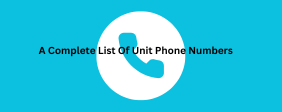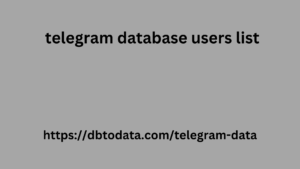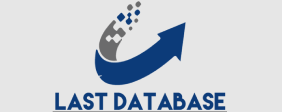Halloween is approaching! Whether running a spooky sale, hosting a Halloween event, or simply getting into the festive spirit, a countdown timer adds a sense of urgency that can boost engagement and drive action. There is no better way to build 3 Ways to Up a excitement than with a countdown timer on your website. Are you looking for easy ways to set up a countdown timer on WordPress websites? In this blog, we will walk you through three easy ways to set up a Halloween countdown timer on your WordPress site. This guide will help you create a thrilling and timely experience for your visitors.
Halloween Countdown Timer
Benefits of Using Countdown Timer on WordPress Websites
Countdown timers are powerful elements for marketing campaigns, designed to boost engagement and drive revenue quickly. Creating a sense 3 Ways to Up a Countdown of urgency encourages visitors to take action, helping to turn prospects into paying customers. Here are four key reasons why adding countdown timers is important, along with their effectiveness:
Creates a Sense of Urgency
Countdown timers create a sense of urgency by visually showing that time is running out. It is most applicable in eCommerce and promotions since it forces prospective buyers to make decisions faster. Using ‘time-sensitive’ benefits is very effective since people have a natural tendency to want to grab the deal before the offer expires.
Boosts Engagement and Focus
Countdown timers are attention-grabbers and help encourage the visitors to look at the offer or event being promoted. The visual count-down attracts attention to the timer thus keeping users inclined to the message. Whether the message is about creating awareness or making a sale, countdown timers help complete the desired action.
Increases 3 Ways to Set Up a Halloween Countdown Conversion Rates
By showing a deadline, countdown times also eliminate doubts and motivate the visitors to take the particular action at the particular time mentioned in the countdown timers. With the use of the countdown, the sale’s sense of urgency makes. It effective for flash sales, product launches, and discounts; the tendency for cards to be abandoned is eliminated.
Improves Time Management and Event Planning
Countdown timers on websites work best for events, sales, or product launches that need to be constantly reminded to the visitors. They also state time which makes it easier for people to get involved in the event and also avoid missing it. It results to increased attendance and or active participation during events such as webinars, sales events or product release events.
Countdown timers work as psychological triggers that effectively encourage prompt action, making them powerful tools for boosting engagement, sales, and participation in events.
Use Cases of Countdown Timers on Websites
Before diving into the tutorial on how to add a countdown timer on WordPress websites, let us explore some of the top use cases for an evergreen countdown timer and how it can enhance your marketing strategy.
#1 Countdown Timer on WordPress Event Pages
Countdown Timer on WordPress
Event Pages showcase special occasions and provide essential details. By enabling a countdown timer, you inform visitors of the event’s schedule and remaining time until it begins. This approach effectively communicates the date and time while encouraging sign-ups.
#2 Countdown Timer on WordPress Announcement Pages
Countdown Timer on WordPress
Countdown timers 3 Ways to Set Up a Halloween Countdown are common
on announcement pages for product launches, sports events, and other news. These timers build anticipation among visitors and can increase conversion rates. When combined with compelling copy, they can significantly boost sales and help achieve marketing goals. For product launches or event openings, a countdown timer can be an effective tool to drive conversions.
#3 Countdown Timer On WordPress Deal Page
Countdown Timer on WordPress
Deal pages are crucial for boosting sales during special occasions. They should clearly explain your offers to customers. Adding a countdown timer to these pages creates a sense of urgency, potentially increasing conversion rates by encouraging visitors to act quickly on limited-time deals.
#4 Countdown Timer in Popup Window
Placing a countdown timer next to limited-time telegram database users list offers can effectively boost conversion rates. For example, ConvertFlow uses this strategy by adding a timer besides its call-to-action button for limited spots. This approach encourages visitors to act quickly before the offer expires.
Method 1: Halloween Countdown
Timer on WordPress with Essential Addons
You can build any web page inЭлементорwith its what does it mean to centralize data amazing widgets in just a few clicks. AndОсновные дополнения, the ultimate Elementor widgets library with100+ advanced elementscan make your Elementor web creation super smooth. It can help you to make your dream website live without any coding. You can easily add an evergreen countdown timer on Elementor using Essential Addons. You will find a fully customizable, 100% responsiveEA Countdown widgetto easily add a


